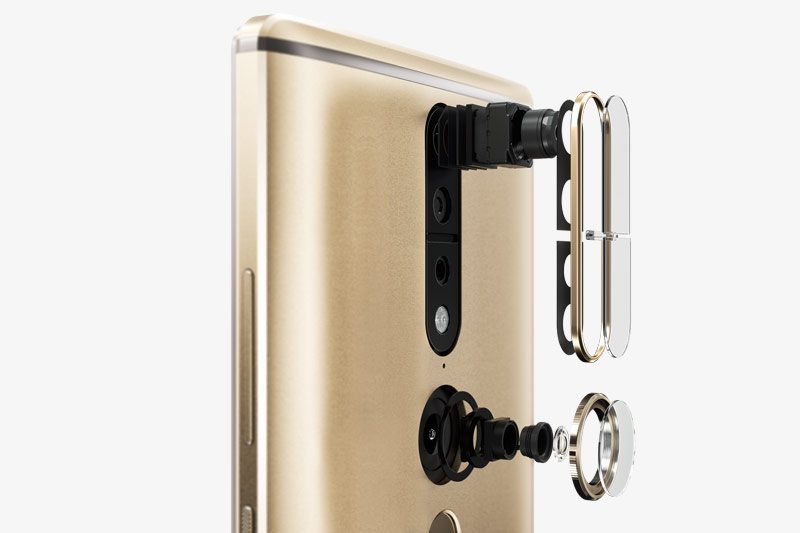Three days ago, Lenovo Phab 2 Pro launched in India. While we don’t normally cover smartphone launches at FactorDaily, this one has something up its sleeve that’s worth talking about: it’s the first android phone to feature Google Tango — Google’s augmented reality (AR) platform for smartphones.
If you thought Pokemon Go was a miracle offering of AR, you haven’t seen anything yet. Expensive headsets like Microsoft’s Hololens showcase AR that’s several notches more authentic and powerful. And Google Tango strives to put that level of authenticity and power in our smartphones.
Tango is an AR computing platform from Google that enables mobile devices to map and detect their position relative to the world around them. With Tango, the AR possibilities rise up like a dream
Those interested can find detailed specs of the phone here — we have no intention of reviewing the phone itself except for what lies at the back of the phone

The phone’s three back cameras are part of the Tango ensemble. A 16-megapixel RGB camera, a motion-tracking camera and a depth-sensing camera together map out the world in glorious three dimensions. The depth sensor understands distances while the motion tracking camera maps movements in this 3D space. Together, they bring augmented reality alive on the smartphone (without any external attachments) like nothing before.
A 16MP RGB camera, a motion-tracking camera and a depth-sensing camera together map out the world in glorious three dimensions
Tango is an AR computing platform from Google that enables mobile devices to map out and detect their position relative to the world around them. With Tango, the augmented reality possibilities rise up like dreams.
So, what can it do? Here’s some from Google’s demo apps for Tango: Spend time with a T-rex or the Solar system right in your living room, measure objects with your phone, place furniture in your living space without actually shopping for it, or redesign your home virtually.
We are likely to see a lot more AR games, better and more sophisticated augmentations than the Pokemon Go experience. A search for a list of Tango compatible games throws up some interesting ones from car racing where tracks are overlaid in your space to a first-person shooter with phantom-like creatures invading your home.
There are bigger, more impactful implications. With Tango, we can now map our indoors — houses, malls, shopping stores, hallways, workplaces, etc. This can be put to a wide variety of uses — from collaborative interior designing to helping the blind navigate indoor spaces (through audio cues) or providing navigation guidance for visitors in museums, malls and other public spaces.
Apple’s upcoming iPhone too is expected to offer us their version of AR on smartphones
Over time, this also fills up an important gap in Google’s world-mapping spree — the indoors. As mapped indoor data fills up, Google can start effectively understanding spaces inside buildings as well as it does the roads and the earth outside. This raises exciting possibilities and also some serious privacy concerns.
But as of now, Tango offers nothing more than a few tentative steps towards a world of AR in our phones. It is only available in a couple of smartphones globally (Asus Zenphone is the other) and there are few apps available to exploit the technology. The technology itself is imperfect and faces limitations around lighting, rendering and effectively mapping out the spaces.
Right now, it is just a fancy toy for consumers and a test bed for Google. But it offers us a glimpse into the very-near future. Apple’s upcoming iPhone too is expected to offer us their version of AR on smartphones.
Perhaps, 2017 could be the year when serious AR gets into our hands through our smartphones. Glasses and headsets can wait.
Also read:
http://factordaily.com/virtual-reality-pornography-sex/
Subscribe to FactorDaily
Our daily brief keeps thousands of readers ahead of the curve. More signals, less noise.








